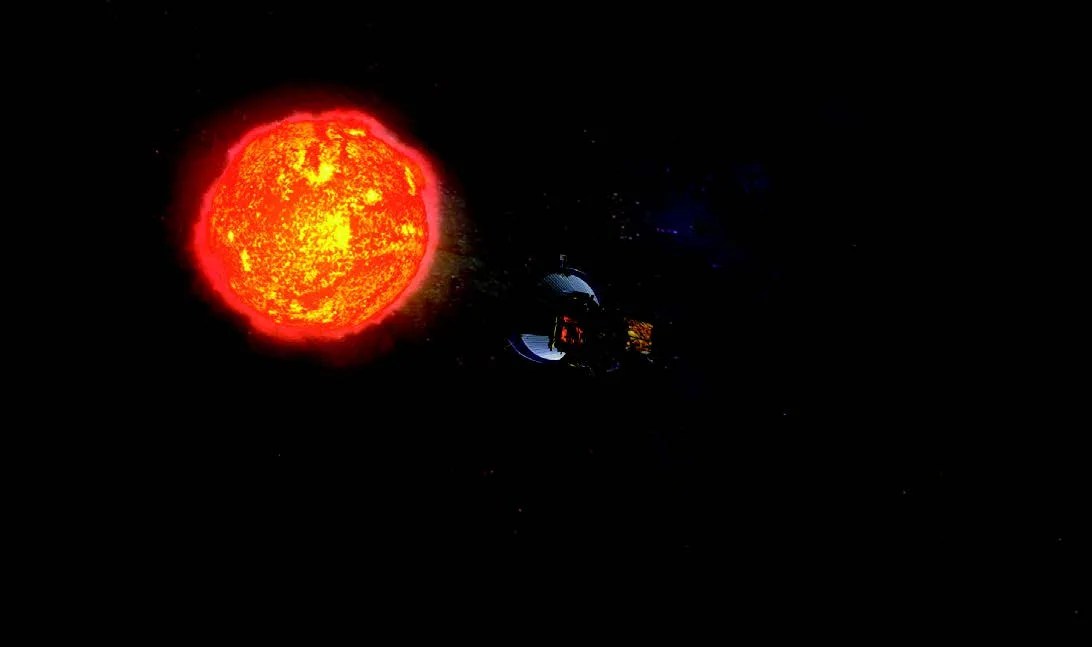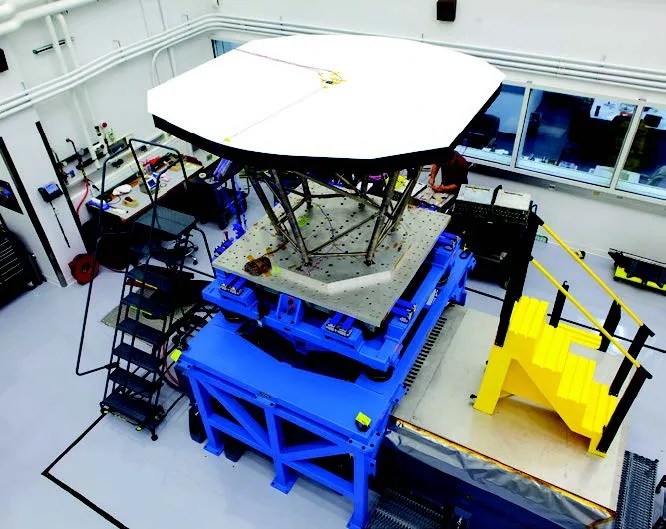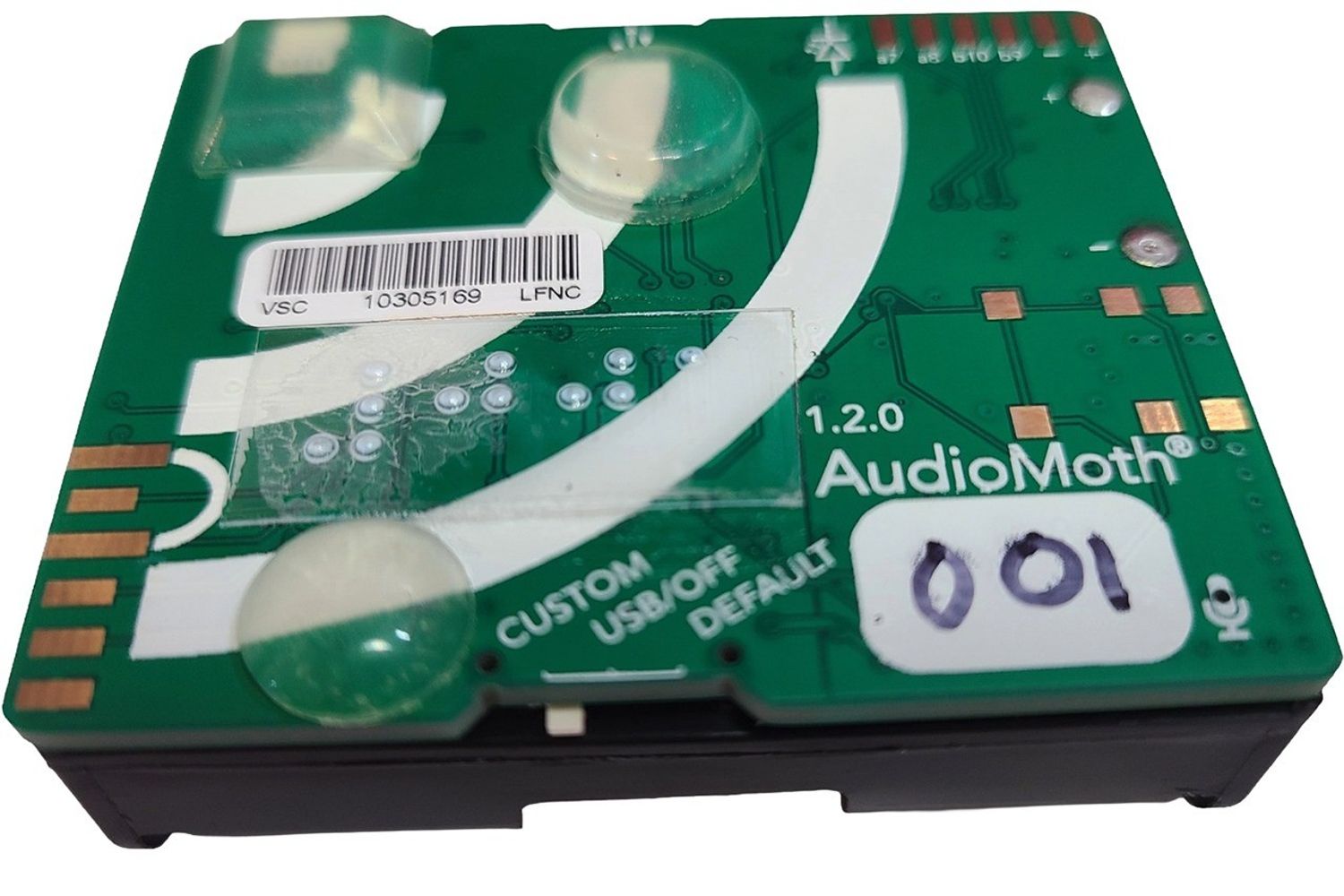Technology Infused: NASA-sponsored technology has been employed to develop a state-of-the-art heat shield that will enable an important Heliophysics mission—the Solar Probe Plus (SPP). The newly developed carboncomposite heat shield will protect the spacecraft from the impacts from hypervelocity dust particles and the extreme temperatures it will experience as it travels closer to the sun than any spacecraft has ever been before. The 8-footdiameter, 4.5-inch-thick, carbon-foam-filled solar shield will be placed atop the spacecraft body, facing the sun.
Impact: This new heat shield will enable SPP to meet its goal of answering two fundamental science questions:
- Why is the sun’s outer atmosphere so much hotter than the sun’s visible surface?
- What accelerates the solar wind that affects Earth and our solar system?
To gather the data needed to understand these phenomena, SPP will fly into the sun’s outer atmosphere— the corona—to make in situ measurements of the solar wind. The solar wind is a supersonic stream of mostly charged particles continuously emitted by the sun into the interplanetary medium. Disturbances in the solar wind can generate disruptions in near-Earth space— such as geomagnetic storms—that interfere with radio communications and GPS applications. To gather its data, SPP will orbit the sun 24 times, using seven different Venus fly-bys to gradually reduce its distance from the sun. During its closest three passes, SPP will be just 3.8 million miles from the surface of the sun—about seven times closer than any previous spacecraft. Although SPP will be exposed to temperatures up to 2,500° Fahrenheit (about 1,400° Celsius), the newly developed heat shield will help maintain a payload temperature close to room temperature, which will enable the suite of instruments on the spacecraft to function.
Status and Future Plans: The SPP heat shield completed the full complement of subsystem tests in 2015 to demonstrate the required functionality of the thermal protection system. Observatory-level testing will be initiated in 2016, during which the full compatibility of the individual subsystems will be validated. At the conclusion of the observatory-level integration and test program in 2017, SPP will be shipped to Kennedy Space Center for final integration and launch in 2018.
Sponsoring Organization: Through its Living With a Star Program, the NASA Heliophysics Division provided funding to the Johns Hopkins Applied Physics Laboratory to develop the SPP heat shield technology.

































